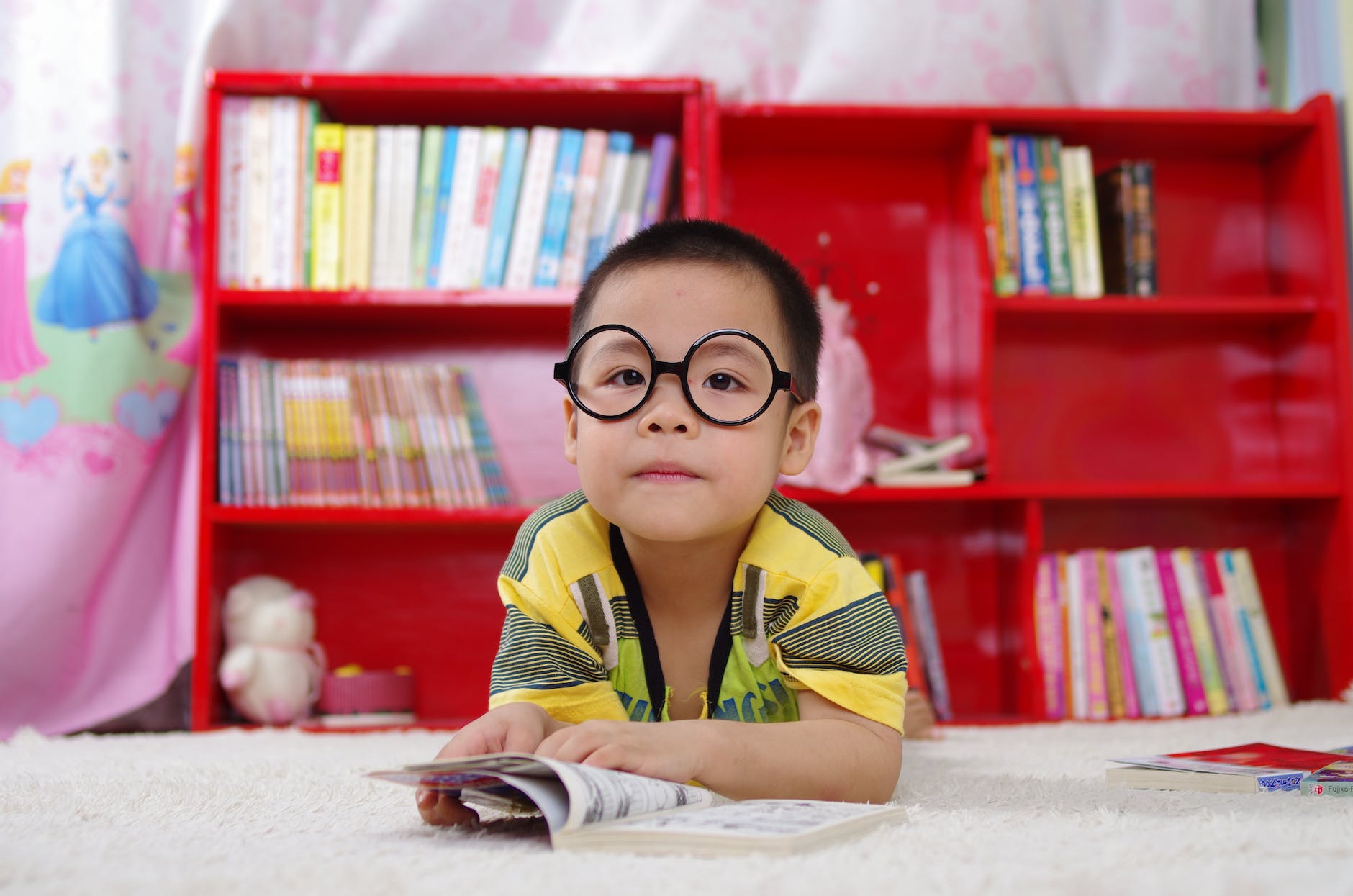In recent years, there has been a growing concern about the increasing prevalence of myopia, particularly among children. The shift towards a more sedentary lifestyle and a heavy reliance on digital devices has raised alarm bells among healthcare professionals, educators, and parents. As children spend more time indoors, engrossed in screen-based activities or reading, they become increasingly vulnerable to myopia.
Myopia typically develops during childhood and adolescence, with the severity of the condition often worsening as children grow. This progression can have profound implications for a child’s educational and social development and overall well-being. Uncorrected or poorly managed myopia may lead to various issues, including academic difficulties, increased risk of eye diseases, and decreased quality of life.
Factors Contributing to Myopia Progression
Several factors contribute to the progression of myopia in children. Genetics play a significant role, as a family history of myopia can increase a child’s susceptibility to the condition. However, genetic predisposition is not the sole determinant. Environmental and lifestyle factors, including prolonged near-work and insufficient outdoor time, have been identified as significant influencers. Urbanisation, limited access to green spaces, and an emphasis on academic activities can exacerbate the problem.
Myopia Control Strategies: A Holistic Approach
To address the concerning increase in childhood myopia, a holistic approach to myopia control is essential. Here are some strategies:
Atropine Eye Drops: Atropine eye drops, prescribed at low concentrations, have been shown to slow down myopia progression by temporarily relaxing the eye’s focusing mechanism. An eye care professional can recommend the appropriate dosage.
Orthokeratology (Ortho-K): Ortho-K is a non-surgical method that employs specialised contact lenses to reshape the cornea while the child sleeps. This technique provides clear daytime vision without glasses or regular contact lenses and can effectively slow the progression of myopia.
Multifocal Contact Lenses: Multifocal contact lenses designed to correct both near and distance vision have demonstrated promise in controlling myopia progression in particular children.
Promoting Outdoor Time: Encouraging children to spend more time outdoors, especially in natural daylight, can reduce the risk of myopia. Exposure to bright outdoor light is thought to have a protective effect on eye health.
Emphasising Visual Hygiene: Teaching children good visual hygiene practices is vital. This includes following the 20-20-20 rule (taking a 20-second break every 20 minutes and focusing on an object 20 feet away) and maintaining an appropriate reading distance.
Regular Eye Examinations: Routine eye examinations are essential for monitoring a child’s visual health and myopia progression. Early detection and intervention can be critical in effective myopia control.
Nurturing Young Eyes
As childhood myopia rates continue to rise, parents, caregivers, and educators must understand the importance of myopia control. By comprehending the causes, risk factors, and available strategies for managing and preventing myopia progression, we can empower children to enjoy a lifetime of healthy eyes and clear vision. Nurturing young eyes through myopia control measures is an investment in their future visual health and overall well-being.


